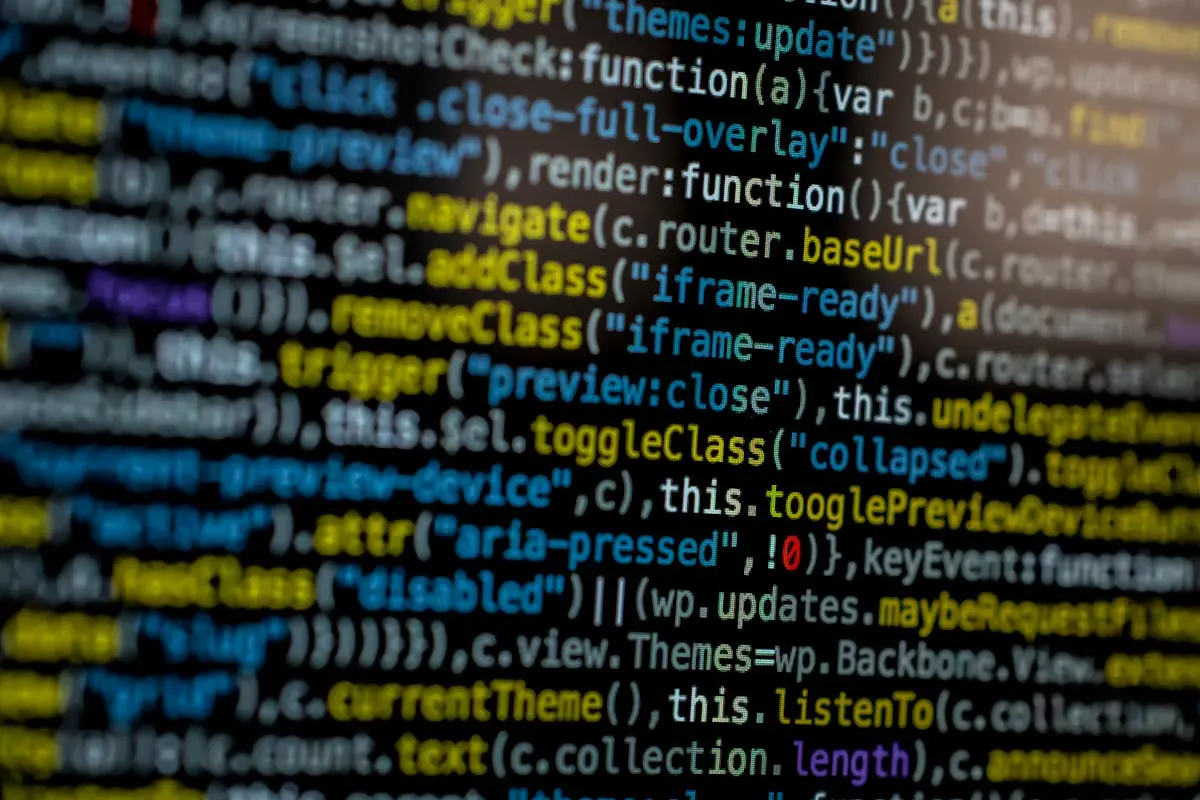In today’s digital age, as technology continues to evolve at a breakneck speed, so does the need for advanced safety measures. AI security is increasingly becoming pivotal in safeguarding our digital and physical worlds. This blog will explore how AI security is playing a crucial role in shaping the future of safety.
Understanding AI Security: The Basics
AI security involves using artificial intelligence to protect systems and data from cyber threats. This includes machine learning algorithms that can detect threats in real-time and automate responses to potential dangers. A comprehensive understanding of AI security starts with recognizing the strategies involved, such as using AI for virus detection by analyzing behaviors rather than relying solely on static signatures.
One of the most important aspects is the deployment of intelligent agents that can proactively scan networks to anticipate breaches. These systems are designed to learn continuously, adapting to new threats as they emerge. Furthermore, AI’s ability to process vast amounts of data at unprecedented speeds puts it at the forefront of real-time threat assessment and decision-making. As we delve deeper into the digital age, such capabilities become indispensable in fighting off sophisticated cyber attacks.
The Role of AI in Cybersecurity
AI is transforming cybersecurity by providing enhanced threat detection and rapid responses. With AI, security systems can analyze vast amounts of data to identify patterns and predict potential attacks before they occur. This proactive approach helps in mitigating risks effectively, presenting a paradigm shift from the reactive methods traditionally employed in cybersecurity.
One fascinating application of AI in cybersecurity is its role in behavioral analysis. By continuously monitoring user behavior, AI systems can flag anomalies that might indicate a security breach. Furthermore, AI’s predictive capabilities are leveraged extensively to simulate various cyber attack scenarios, thus ensuring that protective measures are in place well before any real threat occurs. The use of AI in developing sophisticated firewalls and intrusion detection systems underscores its integral role in modern cybersecurity architectures.
AI Security in Physical Safety Applications
Beyond cyberspace, AI is being used in various physical safety applications such as surveillance, anomaly detection in public safety, and autonomous vehicles, ensuring safety in both public and private spaces. In autonomous vehicles, AI algorithms are pivotal for the real-time processing of sensor data to prevent collisions and enhance navigation through dynamic environments.
Another crucial area is the employment of AI-driven cameras and surveillance systems that can detect unusual activities across large spaces, providing law enforcement agencies with real-time insights and reducing response times. Organizations are increasingly using AI to monitor workplace environments, thereby preventing accidents by alerting management to potential hazards. As AI technology advances, its applications in various sectors continue to broaden, promising a safer and more secure physical environment.
Challenges in AI Security
While AI offers numerous benefits in security, it also presents challenges such as bias in algorithms, privacy concerns, and the potential for AI-powered attacks. Addressing these challenges is essential for the future development of AI security. AI systems can inherit biases from the data they are trained on, leading to unfair treatment or incorrect threat assessments.
There are also significant concerns around privacy, especially when AI is used for surveillance and data collection. Ensuring that AI technologies are implemented in a way that respects user privacy and complies with regulations such as GDPR is crucial. Furthermore, as AI systems become more sophisticated, there’s a growing risk of adversarial attacks, where cybercriminals manipulate AI inputs to cause incorrect outputs. The need for robust AI governance and ethical standards is clear, and it must evolve alongside the technology.
Innovations Driving the Future of AI Security
Innovations in AI technology, such as deep learning and neural networks, are continuously improving AI security capabilities. These advancements promise more robust security measures and a future where AI plays a central role in safeguarding our world. Deep learning, in particular, allows for the development of more accurate models for threat detection, leveraging massive datasets to make informed decisions.
One innovative trend is the use of federated learning, which enhances AI’s capacity to learn from data sets without compromising one’s private information—an approach particularly important in data-sensitive sectors. Additionally, neural networks are increasingly being employed to create encryption methods that are harder to decipher without sophisticated computing power. The push towards more autonomous AI systems, which can act without human intervention, holds the promise of even more refined security protocols in the near future. These technological strides illustrate the ever-evolving nature of AI security as pivotal in protecting today’s digital and physical landscapes.
Looking Ahead: The Evolving Role of AI Security
As we move further into the future, AI security will undoubtedly become an integral part of our lives. By addressing challenges and embracing innovations, it promises to offer a safer environment, both digitally and physically. The evolving landscape of AI security will continue to redefine what it means to be safe in a connected world. Visit our homepage to discover more about our commitment to employing cutting-edge security measures.


